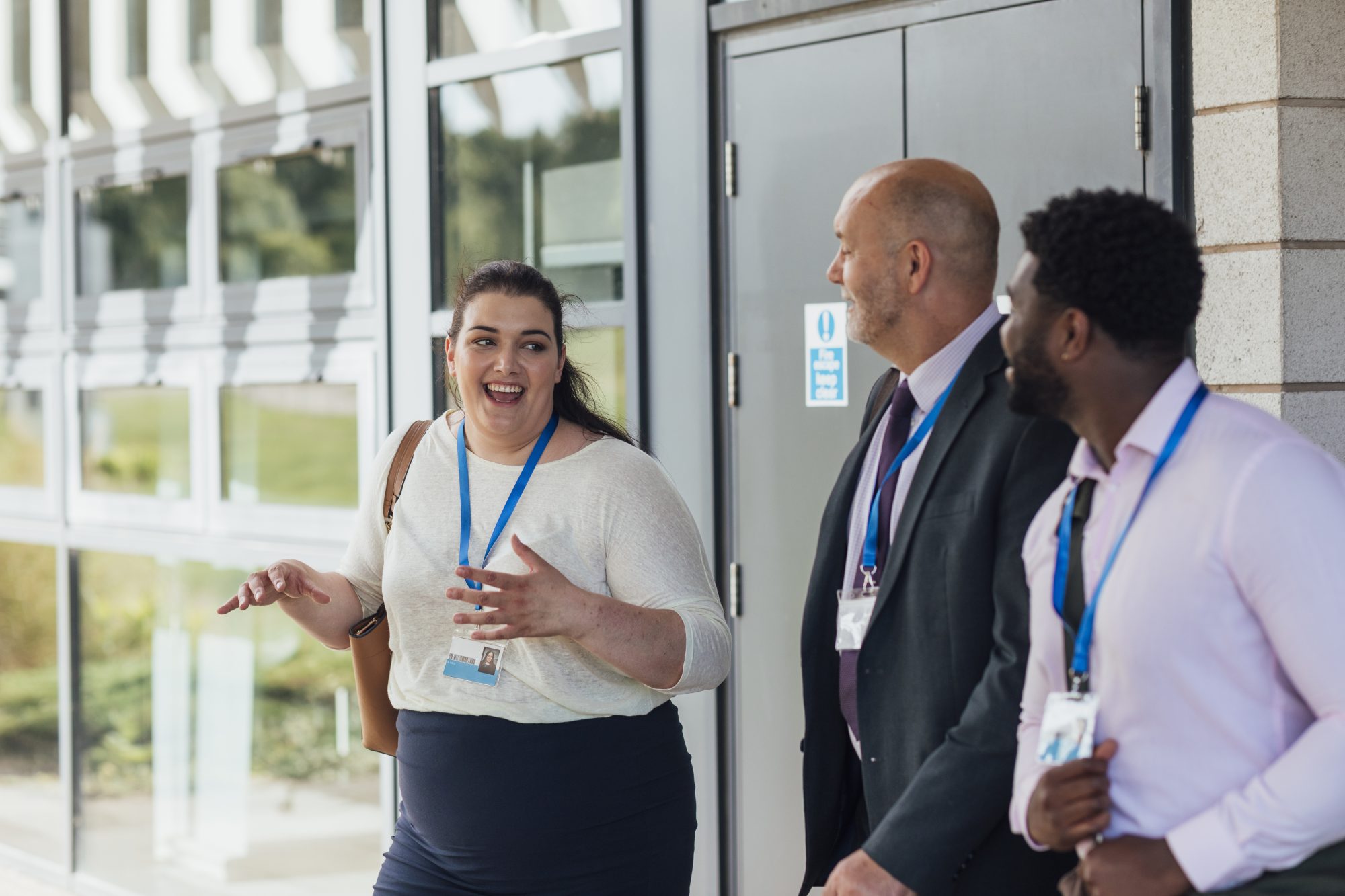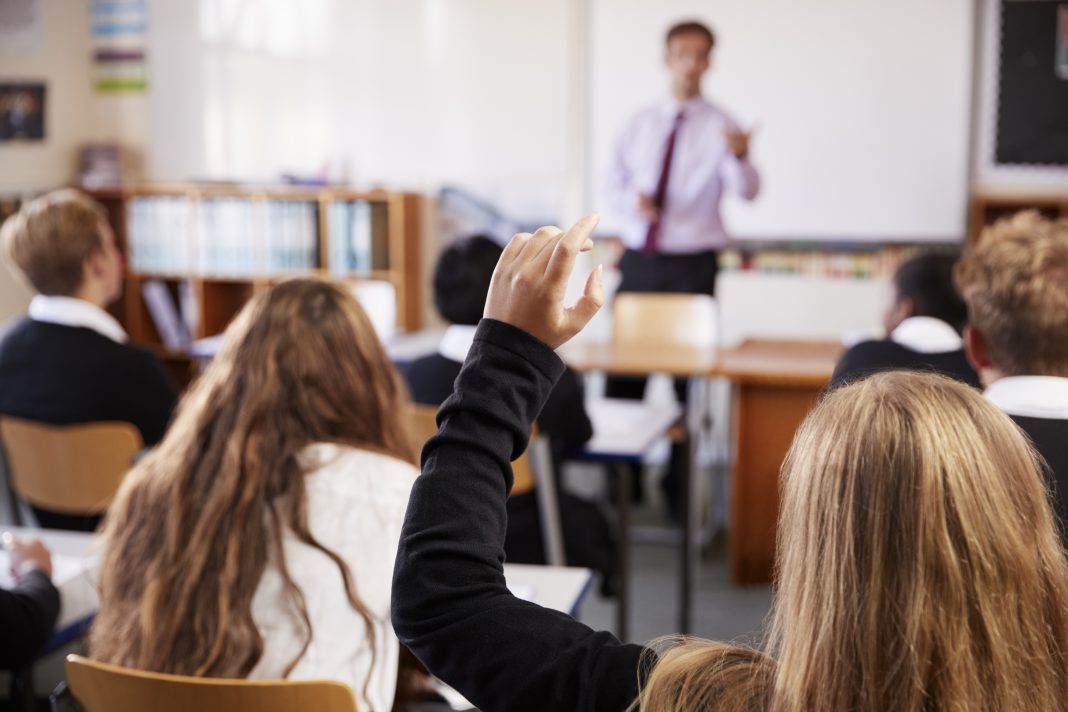Classroom observations often rank high on the list of teacher stresses, contributing to the declining rate of teachers in schools. How could schools adjust this to retain staff?
Education is a tough sector to work in. A recent survey by the National Education Union identified a potentially ‘significant degree of churn’ in the profession, with 41% of members surveyed signalling an intention to leave the sector entirely. Add classroom observations into a mix of heavy workloads and the impact of the pandemic on behaviour and learning in the classroom, and it’s perhaps easy to see why teacher retention and recruitment is hitting the headlines.
Compounding teachers’ stress levels is the last thing any school wants and termly classroom observations often rank high on the list of teacher stresses. As even the most experienced teachers can be left feeling demoralised if the lesson did not go as planned.
But classroom observations as a learning tool can’t completely be eschewed either.
A more accurate gauge of teaching quality
Knowing what went well and what didn’t in a lesson and the impact this has on pupils learning, is mission critical to school improvement. And yet the emphasis is usually weighted heavily towards teaching practice and less towards pupil learning behaviours.
We were keen to see if we challenged our thinking around the traditional way classroom observations are conducted, by taking a more learner-centred approach, whether it would make a difference to pupil outcomes.
We encouraged our teachers themselves to identify the small giveaways, that can sometimes get overlooked when standing in front of a class. These small signs, like a student’s body language can be good indicators of how engaged they are in a lesson or if they are distracted.
The feedback we had from our staff after this shift of focus onto pupils, was they felt more ownership over decisions about where improvements can be made in the classroom, making them feel more valued and respected.

Incorporate classroom observations into the rhythm of school life
This is in contrast to classroom observations which only happen now and then, and the feedback can feel more comprehensive. This can leave teachers feeling overwhelmed and with a list of things to change all at once.
We’ve found the pupil-focused approach has been more useful to give our teachers regular opportunities to self-reflect on their teaching practice. Teachers can address any issues as they arise, which is far more effective.
To make it easier for them to conduct regular, informal reviews of how their lesson went we use video technology from ONVU Learning to capture the entire classroom. Staff can choose to review the footage either by themselves or with a colleague to clearly see, hear and assess whether any adjustments can be made to improve the lesson.
Teachers now feel more comfortable sharing their strengths, as well as seeking advice from their colleagues
This has helped reframe the conversation around classroom observations and fostered a more shared approach. Teachers now feel more comfortable sharing their strengths, as well as seeking advice from their colleagues – perhaps showing them clips from their class and seeking out ideas from those who understand the local context.
One of our teachers for example was struggling to manage a group of mostly Year 10 boys, but after watching a playback of the classroom footage with a colleague they made some small adjustments to the order of the lesson and pupil seating arrangements and things improved.
Another teacher had thought the class grasped a complex maths problem only to find that when pupils handed their work in, this was not the case. When reviewing the lesson footage, she was able to identify at which point she had lost some of the pupils and modified her teaching practice to ensure no pupil had a gap in their learning.
Becoming better teachers in the classroom
We wanted to explore how we could incorporate lesson observations into school life that wouldn’t leave our teachers feeling unsupported or over scrutinised.
Using video technology to give teachers the opportunity to watch how their lesson impacts on their students’ learning behaviour has been invaluable. Teachers now view observations more positively as a tool to help them improve their own outcomes and that of their pupils setting off a chain reaction where everyone thrives.
This piece was written and provided by David Chapman, Head of School at Aston University Engineering Academy (AUEA).











